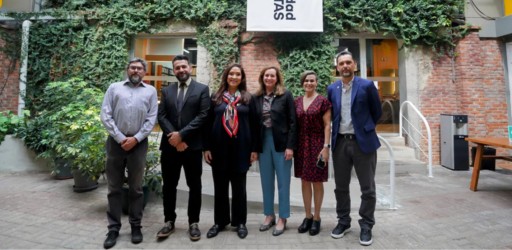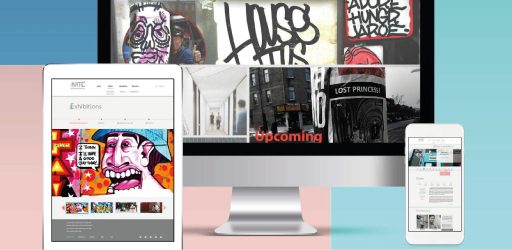The debate for or against technological evolution ended long ago. New technologies are not so new anymore and now, if anything, after having been accepted, some people have grown weary of them and, swamped in digital stimuli, are trying to go back to using analogue or handcrafted items as much as possible.
Marcel·li Zuazua, director of the Official Master’s Degree in Creation and Development of Digital Projects at LCI Barcelona and managing director of Herraiz Soto, does not believe that people are getting tired of screens, but he admits that “we need to learn to use them” to be consistent with the speed of the shift. “Through this change, any kind of countermovement is possible. And not only is it possible but, to me, countermovement is necessary. Any revolution leaves valuable features behind and craftsmanship represents the essence of what we cannot lose.”
Marcel·li Zuazua believes that there is no more room for debate on understanding and accepting technology. “We have come to realize that technology was key for the sharing economy.” He lists examples of very valuable platforms for consumers, which have managed to transform markets, such as AirBNB, Pinterest or Skype.
This acceptance was logical, bearing in mind other past examples of initial rejections: “When American jazz bands started using the first electric guitars in the 20s, they were heavily criticized by a lot of musicians. But today, who isn’t moved by a Fender Stratocaster or a Gibson Les Paul?” The professor ends his comparison with this: “Rock is a prime example of how to use technology. Effort, ambition, passion, content, talent, creativity and a lot of emphasis on how to move an audience and less on how much we can sell.”
So having accepted the multi-screened world in which we exist, all that remains to do is to make sure that digital designs fulfill their function of moving people. These are the key means of achieving this:
- The tools
Designers are responsible for ensuring that the technological tools convey valuable ideas and elicit feelings instead of merely showcasing their own possibilities. According to Zuazua, designers need understand that tools are simply that: tools. “They are an instrument to reach what one is looking for. Our aim is not to demonstrate the power of the tools, but for them to be used to explain, convey and move.”
The popularization of the tools and their price reduction is not a problem for professional designers: “Competition is one of the driving forces of change. The more design culture and knowledge we have, the more we will demand of it. Welcome are those tools that ensure that the average quality of what we do as consumers encourages the professionals to keep opening new doors. This will help us to brighten up the digital environment.”
- Talent and work
He is convinced that while the tools have a multiplying effect, “the foundation of a good design is still talent, which is innate, but it needs to be trained, honed and worked.” This combination of talent and work, supported by the appropriate tools, will be what enables designers to convey their creations.
- Interaction with the consumer
For Marcel·li Zuazua, the designer should be perfectly attuned to the use. “Any application or communication activity is designed to trigger or establish an interaction. We do not expect a contemplative attitude from the consumer. We will be able to add this layer of emotion if we are able to speak the same language.”
Hence, there is always need of professional profiles, such as user experience (UX) designers, who make sure that the product, the web page, is not seen as a machine but as a person with whom you can relate and interact. Thinking like a UX designer means being aware of the emotional relationship between the consumer and the product.
—
To conclude, the professor added another task for the designers: to preserve the beauty of the digital environment much like architects shoulder their responsibility of taking care of the cities. “This environment has been led by engineers up until now. The graphic aspect was not the main priority. The challenge is exciting: to better understand technology, to give it a layer of skin.”




